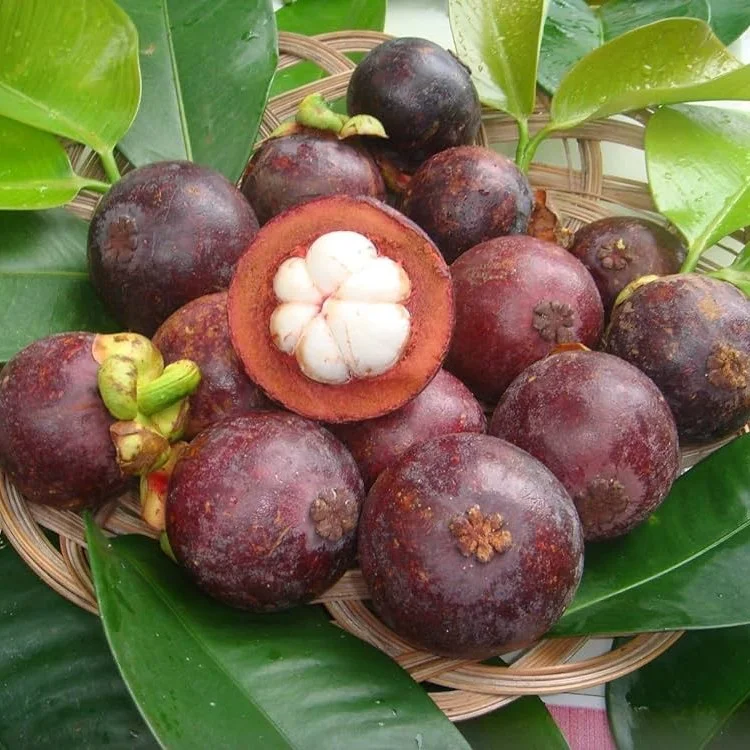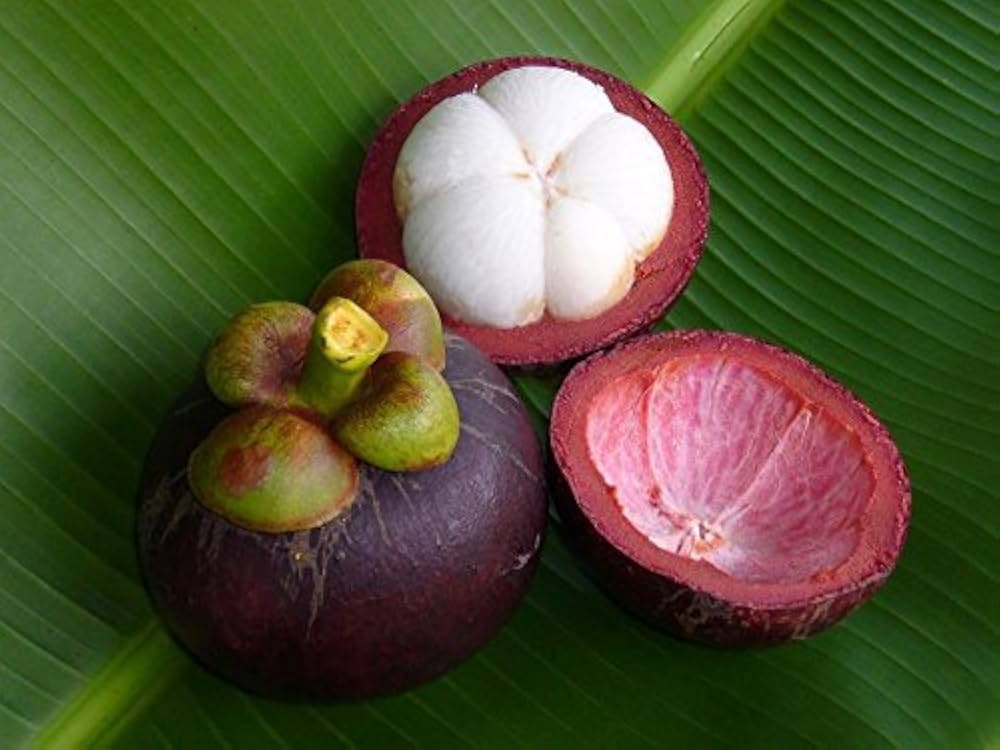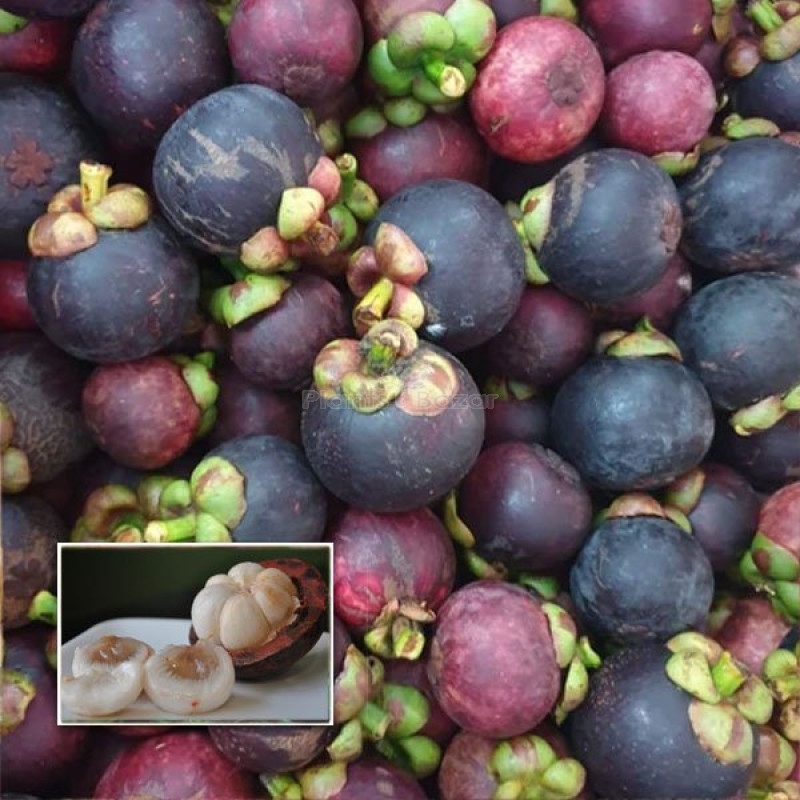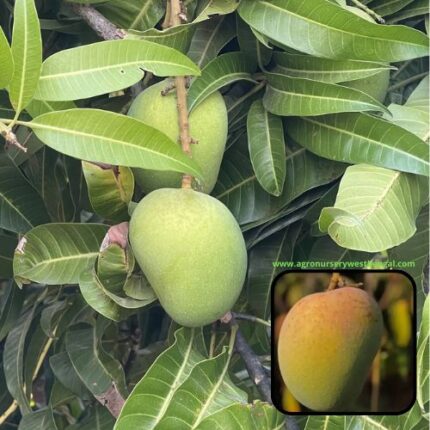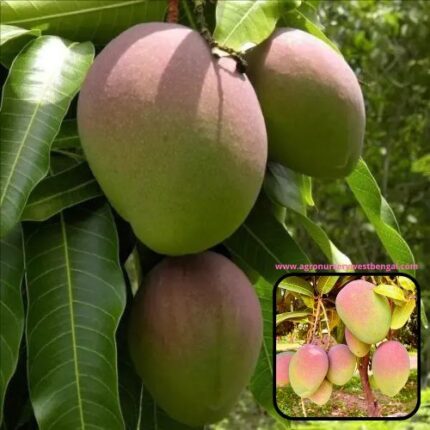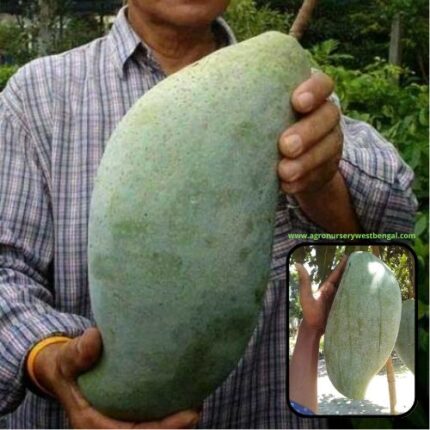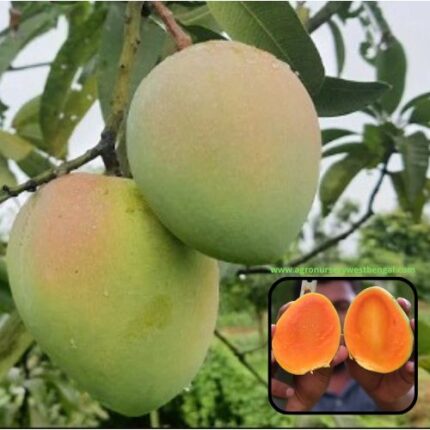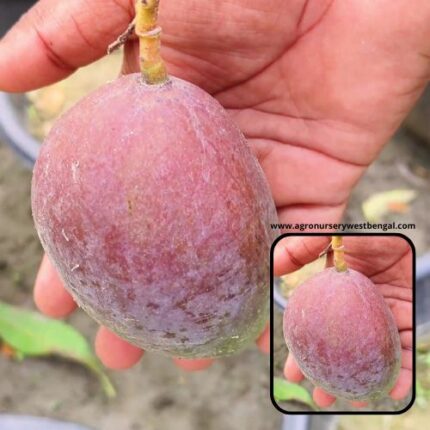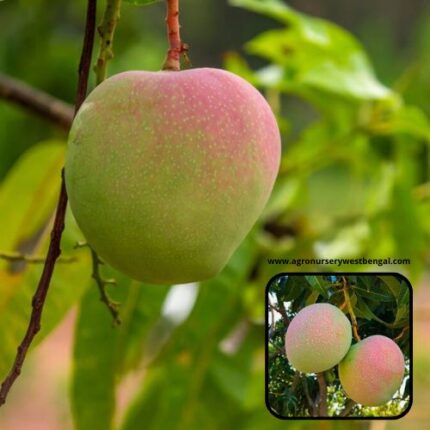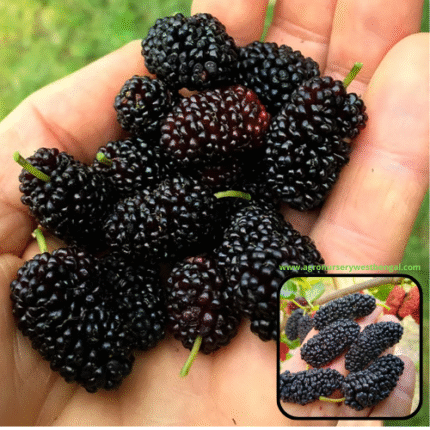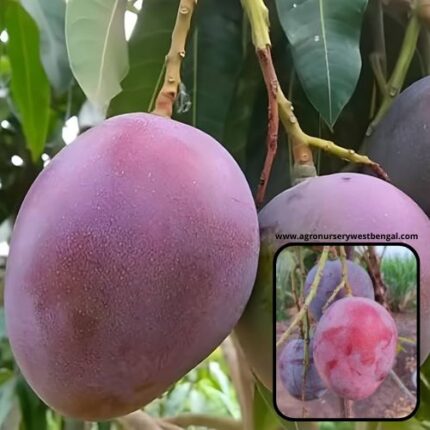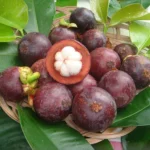
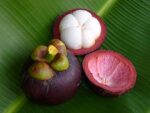
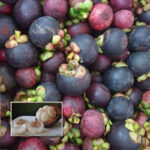
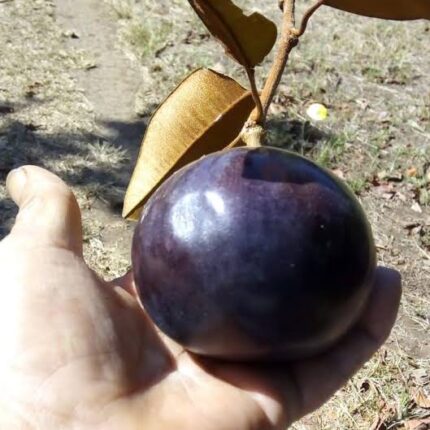
Milk fruit plant
₹1,599 Original price was: ₹1,599.₹1,199Current price is: ₹1,199.
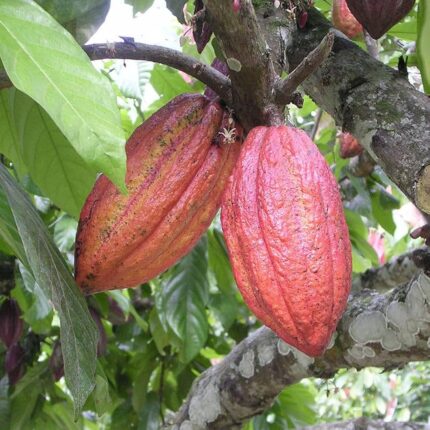
Cocoa fruit plant
₹1,399 Original price was: ₹1,399.₹899Current price is: ₹899.
Mangosteen fruit plants
₹2,999 Original price was: ₹2,999.₹1,999Current price is: ₹1,999.
Category: Fruit Plants
Description
The Mangosteen (Garcinia mangostana) is often revered as the “Queen of Fruits” in Southeast Asia, a testament to its exquisite flavor and delicate texture. It’s a highly prized tropical fruit with a unique appearance and a taste that leaves a lasting impression.
Here’s a detailed description of the mangosteen fruit:
Appearance:
- Size and Shape: The fruit is typically round, about the size of a tangerine or a small apple, ranging from 4 to 7 cm (1.6 to 2.8 inches) in diameter.
- Rind (Pericarp): The most striking feature is its thick, leathery, dark purple to reddish-purple rind when ripe. This rind is tough and can be 6 to 10 mm (0.24 to 0.4 inches) thick. It’s inedible and contains a bitter, yellowish latex that can stain.
- Calyx: At the stem end of the fruit, you’ll find a persistent green calyx (the outermost layer of the flower), which often resembles small, sturdy leaves.
- Stigma Lobes: At the bottom (apex) of the fruit, there’s a distinctive star-like or flower-like pattern formed by the stigma lobes. The number of these lobes exactly corresponds to the number of juicy, white segments inside the fruit. This is a handy trick for estimating how many segments you’ll get!
- Flesh (Aril): Inside the thick rind, nestled like segments of a peeled mandarin orange, is the edible, snow-white, translucent flesh. It’s arranged in wedge-shaped segments, usually 4 to 8, with one or two larger segments sometimes containing small, flattened, unpalatable seeds (though some varieties are seedless or have very small, soft seeds).
Taste and Texture:
- Flavor Profile: The taste of mangosteen is incredibly complex and often described as a perfect blend of sweet and subtly tart. It’s frequently likened to a combination of various fruits, including lychee, peach, strawberry, pineapple, and even a hint of citrus. It also possesses delicate floral undertones that add to its aromatic charm.
- Texture: The flesh is incredibly tender, juicy, and melts in your mouth. It’s soft and somewhat creamy, with a silky, velvety smooth texture that is distinct from many other tropical fruits. Unlike fibrous fruits, mangosteen has very low fiber content in its edible flesh.
- Refreshing: The balance of sweetness and acidity makes it incredibly refreshing, especially in warm climates.
Tree and Growing Conditions:
- Tree: The mangosteen tree (Garcinia mangostana) is an evergreen, slow-growing tropical tree that can reach heights of 6 to 25 meters (20 to 82 feet). It has a dense, symmetrical, pyramid-shaped crown and large, elongated, glossy green leaves.
- Climate: It is highly particular about its growing conditions, thriving only in truly tropical climates with high humidity, consistent temperatures (ideally between 22 to 35°C), and ample rainfall. It is very sensitive to cold temperatures and frost.
- Origin and Distribution: Native to the Malay Archipelago and Indonesia, mangosteen has been cultivated extensively in tropical Asia for centuries. Its main production areas include Thailand, Malaysia, Indonesia, Vietnam, Sri Lanka, and parts of the Philippines and India.
Uses and Nutritional Value:
- Fresh Consumption: Mangosteen is primarily enjoyed fresh. To eat it, you gently score the rind horizontally around the middle with a knife, being careful not to cut into the delicate flesh. Then, you can twist the two halves apart to reveal the white segments, which are then scooped out with a spoon or your fingers.
- Culinary Uses: While best fresh, its unique flavor also makes it a wonderful addition to fruit salads, smoothies, desserts (like sorbets, ice creams, and cheesecakes), and even some savory dishes like salads, seafood, or chutneys.
- Nutritional Benefits: Mangosteen is relatively low in calories but rich in essential nutrients. It’s a good source of:
- Vitamin C: An important antioxidant for immunity and skin health.
- Dietary Fiber: Aids digestion and contributes to gut health.
- B-vitamins: Such as folate, thiamine, and riboflavin.
- Minerals: Including manganese, copper, magnesium, and potassium.
- Xanthones: A unique type of powerful plant compound (phytonutrient) found abundantly in mangosteen, particularly in the rind, known for their antioxidant and anti-inflammatory properties. These compounds are a significant area of research for their potential health benefits.
Due to its demanding growing conditions and relatively short shelf life, mangosteen is often considered a rare and exotic delicacy outside of its native regions

